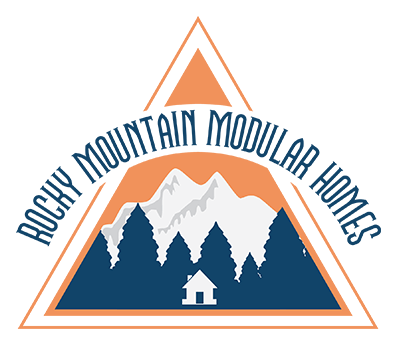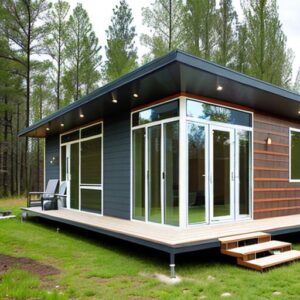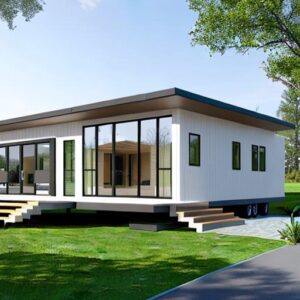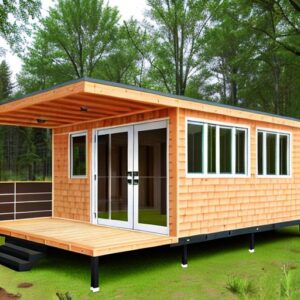How Does a Stick-Built House And A Modular Home Differ?
Stick Homes. It refers to the construction of the home. The typical method of constructing a house is performed on-site.
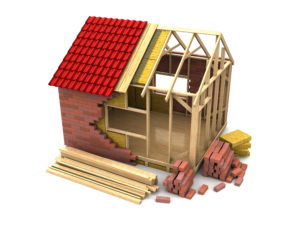
Modular Homes. These homes are assembled in a factory in broad three-dimensional areas or modules. The modules are moved and mounted in the house. The builder connects the modules to each other so that the house is full. The finished product complies with all the local building codes. Often modular homes are called “prefabricated,” since parts are prefabricated.
The Differences in Building Process
Let’s look more closely at the difference. Stick-built homes are constructed entirely from scratch on site. This has some advantages and some disadvantages. A possible advantage is that you can visit the site whenever you want to see how things are coming along. In many cases, you’ll join your contractor for a frame walk, where you can let them know if you’d like to make any changes before the builders begin adding drywall.
A disadvantage of your house being built from the ground up outside is that it is subject to weather conditions. This means construction can be delayed, as we’ll talk more about in the next section. It also means the framing lumber can become moist and warp, which could cause problems if it’s not thoroughly dried out before the drywall goes on.
How Long Do Prefab Homes Last Vs Old Stick-Built Homes?
The durability of both prefab and conventional homes significantly depends on the builder. Since the real estate market grows increasingly competitive, most building companies attempt to cut costs using shoddy materials and building practices. This results in fewer durable homes that do not stand up to their required expectations. A traditional home will most likely last a lifetime if it is built with high-performance insulation and a super-tight building envelope. Similarly, a prefab home can be extremely durable if built from sturdy structural insulated panels. However, the greatest advantage with prefab homes is that the manufacturer adds an extra focus on durability due to the shipping process.
Protection from Mother Nature
Modular homes are built better than site-built homes. The Federal Emergency Management Agency (FEMA) released a study that showed why this matters. Hurricane Andrew, a Category 4 storm, produced winds of 131-155 mph, and at the time was the costliest hurricane in U.S. history (now the 5th costliest). It devastated Florida homes in August 1992. FEMA studied the impact of the hurricane in many ways and one of those ways was to look at which methods of construction fared best against the extreme forces of Hurricane Andrew.
Not surprisingly, FEMA confirmed that modular homes withstood a hurricane far better than site-built housing. This was evident post-Hurricane Irma as well. Damage to modular homes constructed in the Florida Keys was minimal proving once again, modular home construction is safer in extreme weather areas.
While hurricanes do not affect Colorado homeowners, residents can feel assured knowing their homes can withstand the harshest of elements.
Outstandingly Built to Withstand the Colorado Elements
At Rocky Mountain Modular Homes.com we offer a turn-key service for modular homes in Colorado. We help you design your perfect modular home, either based on a standard floor plan or completely customized. Whatever your vision is for your home, we can bring it to life. We can help you choose materials that fit within your budget and will complete the look you desire for your home, both inside and out.
We make sure all the logistics are in place from the start so your home can be finished in a timely manner. As timely as we are in building your home, we never compromise on our workmanship. We adhere to all the relevant standards and codes, and all modules are inspected to ensure they meet our standards for quality.
